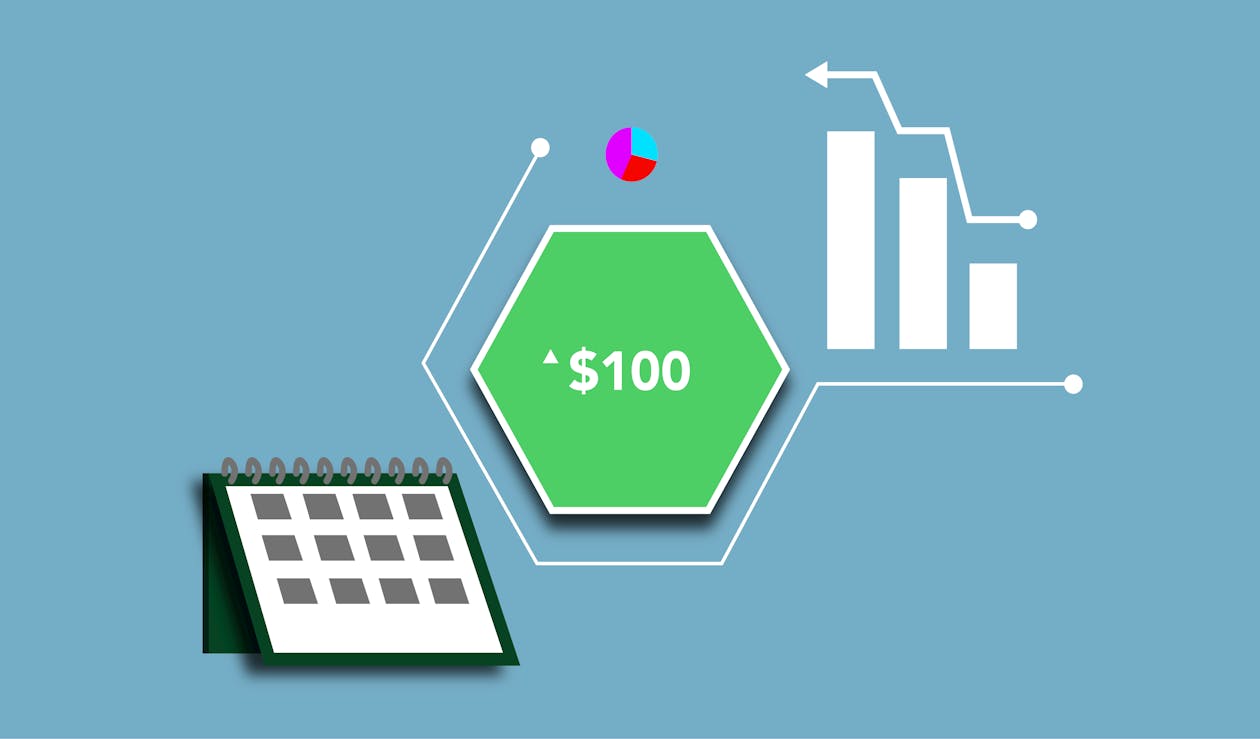Investing in high-yield dividend stocks can provide investors with a substantial source of passive income. These stocks typically pay higher dividends than the market average, making them an attractive option for income-seeking investors. In this article,
we’ll discuss the benefits and risks of high-yield dividend stocks, how to identify promising high-yield investments, and tips for building a high-yield dividend portfolio.
Benefits of High-Yield Dividend Stocks
- Enhanced Income
High-yield dividend stocks offer investors the potential for higher income compared to investments with average or below-average dividend yields. - Compounding Effect
Reinvesting dividends from high-yield stocks can lead to a compounding effect, accelerating portfolio growth and wealth accumulation. - Potential for Capital Appreciation
While not guaranteed, some high-yield stocks may also experience capital appreciation, providing investors with additional returns. - Inflation Hedge
Dividend-paying stocks can act as a hedge against inflation, as companies may increase their dividends to keep up with rising prices.
Risks of High-Yield Dividend Stocks
- Dividend Sustainability: High dividend yields can sometimes be a sign of financial distress or unsustainable payout ratios, potentially leading to dividend cuts.
- Interest Rate Sensitivity: High-yield dividend stocks can be sensitive to interest rate fluctuations, with rising rates potentially making these stocks less attractive to investors.
- Lower Growth Prospects: Companies with high dividend yields may have limited growth prospects, as they often prioritize returning cash to shareholders rather than investing in future growth.
Identifying Promising High-Yield Dividend Stocks
- Financial Health
Look for companies with strong financial health, including low debt levels, consistent earnings growth, and a manageable payout ratio. - Dividend History
Analyze the company’s dividend history, focusing on consistency and growth in dividend payments. - Industry Stability
Invest in companies within stable industries that can generate consistent cash flow and maintain their dividend payments.
Tips for Building a High-Yield Dividend Portfolio
- Diversify: Create a diversified portfolio of high-yield dividend stocks across various sectors to reduce risk.
- Reinvest Dividends: Reinvest your dividends to benefit from the compounding effect and accelerate your portfolio’s growth.
- Monitor Your Investments: Regularly review your high-yield dividend stocks to ensure they continue to meet your investment criteria and adjust your portfolio as needed.
High-yield dividend stocks can be a valuable addition to your investment portfolio, offering the potential for enhanced income and long-term growth.
- Evaluate Management Quality: Assess the quality of the company’s management team and their ability to execute the business strategy while maintaining a strong dividend policy.
- Consider Valuation: Ensure you are not overpaying for high-yield dividend stocks by analyzing valuation metrics such as the price-to-earnings ratio and dividend yield compared to historical averages.
- Stay Informed: Keep up-to-date with market news, economic developments, and industry trends that could impact the performance of your high-yield dividend stocks.
By understanding the benefits and risks associated with these investments and employing a disciplined approach to selecting and managing your high-yield dividend stocks, you can boost your passive income and achieve your financial goals.
Additional Resources for High-Yield Dividend Investing
- Stock Screeners
Use stock screeners to filter and identify high-yield dividend stocks based on specific criteria such as dividend yield, payout ratio, and market capitalization. - Dividend ETFs and Mutual Funds
Consider investing in dividend-focused ETFs or mutual funds to gain diversified exposure to high-yield dividend stocks without the need for extensive research and individual stock selection. - Financial Advisors
Consult with a financial advisor to develop a tailored high-yield dividend investment strategy based on your financial goals and risk tolerance.
By following these guidelines and employing a disciplined investment approach, you can build a robust high-yield dividend portfolio that generates substantial passive income and supports your long-term financial objectives. Remember to visit my articles regularly for the latest insights and tips on dividend investing strategies and stock selection.
Resource Devidend-paying stocks, high-yield options and Financial news or investment research
